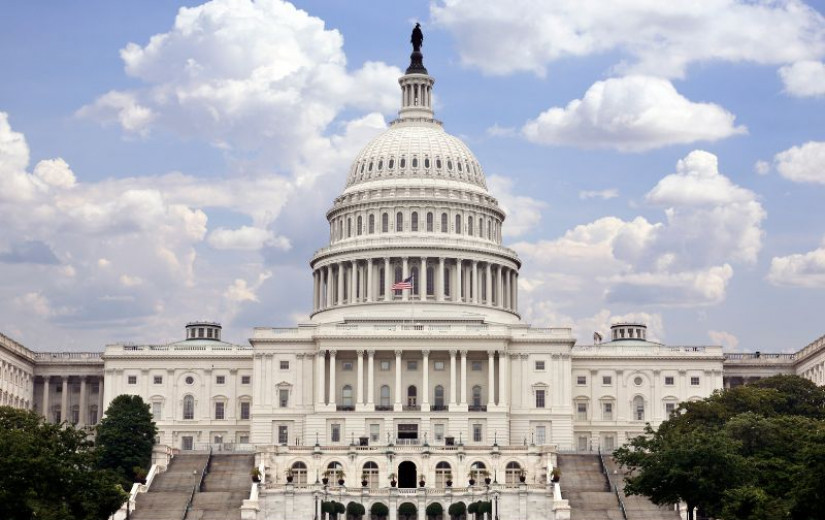
Crackdowns on textiles and garments made with forced labor have reached record highs. Border detentions rose 25 percent between 2023 and 2024, according to U.S. Customs and Border Protection, with a 400 percent surge from May to June 2025. Apparel, footwear and textile detentions grew 33.4 percent between 2023 and 2024.
Is the industry taking these risks seriously enough? Do companies have adequate traceability systems in place? What are their strategies for the near future? To find out, Sourcing Journal and Oritain surveyed the industry and the resulting “Readiness Report: The Future of Fashion Traceability—Sustainability and Supply Chains in 2026 and Beyond” sheds light on current progress and challenges, with a look toward future strategies surrounding traceability.
The survey revealed a troubling gap between intention and action. Most companies recognize the importance of traceability for regulatory compliance and brand reputation, but actual execution remains inconsistent. Less than half of industry professionals verify supplier data frequently, which creates vulnerabilities as unverified claims may not withstand regulatory or public scrutiny.
Traceability requires corporate commitment, yet the industry isn’t fully there yet. On a 10-point scale, most (86 percent) rated their company’s commitment to end-to-end supply chain traceability between 5 and 10, which is a tilt in the right direction, even though only 29 percent rate themselves a “fully committed 10.” More than half (56 percent) have no traceability plan in place or are not actively tracing goods.
Knowing where a product has been doesn’t necessarily prove where it originated, so companies would be wise not to accept all supplier claims as gospel. “Trust isn’t compliance,” said Ben Tomkins, regional vice president Americas at forensic verification company Oritain. “It is crucial to verify your supplier data.”
There is also a preparation gap, the survey concluded. While 61 percent say traceability will be “extremely important” or “very important” in 3 to 5 years, only 44 percent are actually tracing goods. And while 20 percent said they weren’t actively tracing goods but had a strategy in place, a larger portion (36 percent) had no plan in place at all.
If regulations aren’t enough to scare companies into action, then damaging their reputation should. Reputation was a recurring theme for both traceability strategy and implementation, with 48 percent acknowledging their company is exposed to reputational risk if it fails to verify supply chain origins.
“Everyone’s nervous that they might be on the front page of The New York Times or The Wall Street Journal for being associated with forced labor,” said Tomkins.
On the flip side, a clean reputation opens commercial opportunities, and almost two-thirds (63 percent) say traceability offers their company a competitive advantage.

Despite progress, barriers remain. The biggest issue to end-to-end traceability implementation was the price tag, at 43 percent. One survey respondent noted, “Customer values, margin and price over everything else” while another cited “Resources and competing priorities.” A third mentioned its customers weren’t yet requesting that level of granular traceability to warrant its implementation.
When it comes to watching or researching innovations, only 16 percent are “actively investing” in them. “Unfortunately, what this suggests is that people are only acting once the house is on fire, rather than protecting themselves through buying fire insurance,” said Tomkins. “Sustainability claims such as regenerative or organic products all relate to the location in which that fiber or material is being produced. If you are unable to prove where that material comes from, all other claims are invalidated—and that can leave brands significantly exposed.”
To download the full survey report, click here.










